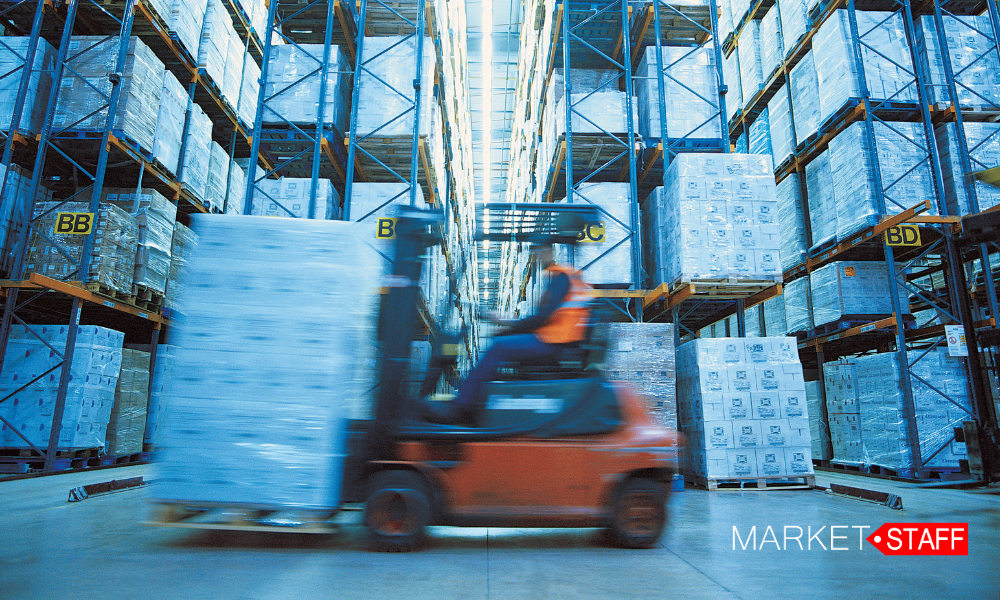With stricter supply chain procedures in place and e-commerce continuing to grow, experts are wondering if the multistory warehouse will be a key aspect of the future of warehouse growth.
Is the Multistory Warehouse the Future of Warehouse Growth?
Locating warehouses and distribution centers in close proximity to customers is an economic necessity for companies squeezing every bit of efficiency from their operations. It comes as little surprise, then, that such large, land-hungry facilities have found homes in major suburbs throughout the United States, and smaller distribution centers locate themselves closer to city centers.
It’s also true that land costs rise within cities and nearby suburbs where space is at a premium. Add to rising interest rates and the availability of real estate in general, and warehouses are finding it difficult to meet demand for space and tighter supply chains.
One solution is building up instead of out. Multistory warehouses may be the best answer to increasing the amount of functional space without encroaching on more valuable land. With e-commerce growing, demand for storage space may force the hands of companies that until now have seen this option as more expensive than nearby land.
For urban logistics buildings, population density is crucial for reaching many consumers in a short distance. Developers turn to buying existing properties and converting them into multistory warehouses as raw land is scarce.
According to the Logistics Rent Index published by global industrial REIT Prologis, land values in the United States and Canada rose by 50% in 2021, while industrial rents grew by 17.6%. According to iOptimize Realty, Amazon has gone all in on multi-story warehouses. The retail e-commerce giant is dominating the market share of multistory warehouses in development, with 70% of projects under construction.
Packed cities such as New York City, San Francisco, Los Angeles, Boston, Atlanta, and Philadelphia are promising markets for future multistory and urban logistics projects due to population density and consumer demand.
Construction costs can remain a barrier for multistory warehouse construction, however. The more familiar single-story, flat and expansive facilities remain the dominant sight along highways as we drive through suburbs with more available land toward the cities where most of the customers live.
Multistory buildings have loading docks and truck ramps on multiple levels, which requires more structural support and adds to construction costs. Some use hydraulic and gantry crane operations when truck parking is limited. Inside urban environments, there are often fire codes requiring steel buildings built over a certain height and structures made with different materials. This is important for the safety of workers and residents. Still, it can add a significant amount of cost to the overall price tag of your multistory warehouse.
Even so, tenants may be more willing to pay a premium for space close to their customer base because it still saves them money on the cost of delivery and drives efficiency. That needed space can be had on a smaller footprint when building up.
Large sites are rare and expensive near urban centers, yet distribution centers are needed in these locations so that small-scale zero-emission vehicles can deliver to city-center shops, offices, restaurants and consumers.
Warehouse developers will need to consider options in the future that will shape how warehouses operate in the economy for decades to come. As more people move into the cities and population densities continue to grow, an increase in the number of warehouses that are more than one story is likely to increase.
About MarketStaff
MarketStaff is a division of LGC that’s primary focus is providing employees for all aspects in the retail and warehousing industries. Based in St. Louis, Mo, we partner with clients across the country in over 40 cities to connect them with great employees that fit their needs.

